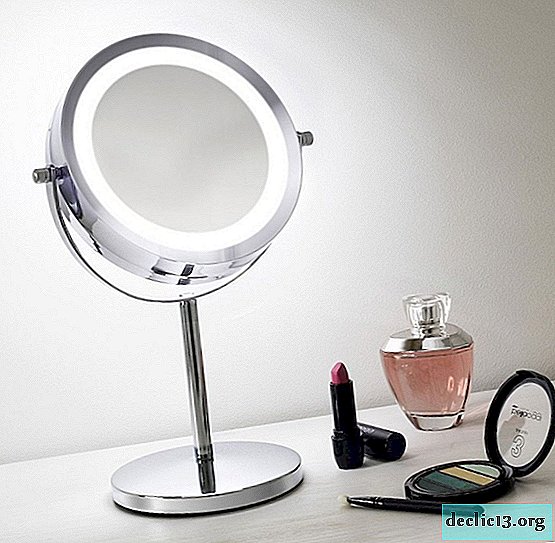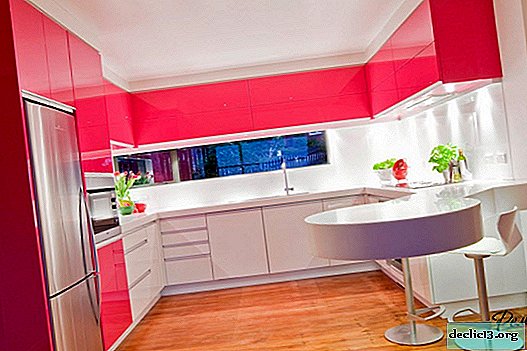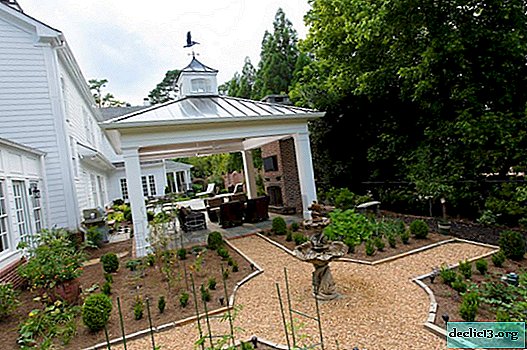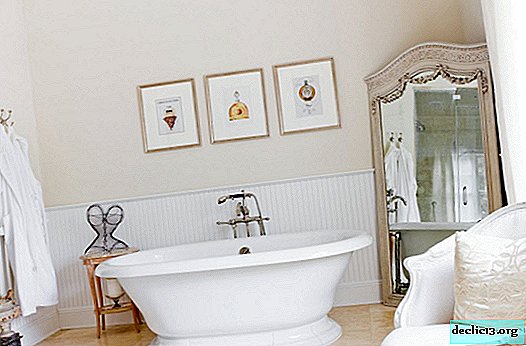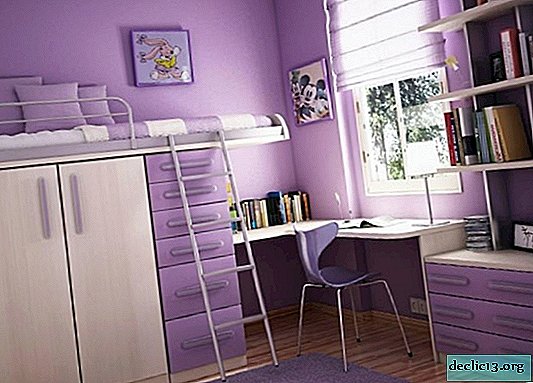Plasterboard ceiling in the kitchen
Kitchen - a room with its own specifics. When choosing material for a kitchen ceiling, you need to consider all the features of this room. This article will tell readers about the use of drywall in the repair of the kitchen. Is it possible to independently mount drywall in the kitchen? It is not as difficult as it may seem.










In order for the renovated ceiling to please the owners with beauty and novelty for a long time, several questions must be answered in advance.
- In which cases is drywall appropriate on the kitchen ceiling, and in which not?
- How to choose the material for the ceiling, given the features of the kitchen?
- What will be needed to work with drywall?
- How to fix gypsum plasterboard sheets on the ceiling?
- What should be considered when finalizing the finished ceiling?
In most cases, drywall is a very suitable material for the installation of a kitchen suspended ceiling. Its main advantage is the ability to perfectly level any, even the most curved surface. This can be done with drywall much faster and easier than with putty. And the cost of material and work will be much lower than with the device of the stretch fabric. The positive aspects include the fact that the ceilings of plasterboard plates can be multi-level. Various design ideas can be brought to life with this compliant material. The suspended design makes it possible to arrange lighting of any complexity and beauty. Modern paints will help to give the ceiling all kinds of shades. If you choose the right primer and coating, drywall can withstand any cleaning.
disadvantagesIn which case is it worth considering another material for the kitchen ceiling? First of all, if water can enter the dwelling from above. If the ceiling "flows" in any rain, or the neighbors regularly arrange a flood, drywall will have to be abandoned. In this case, it will be more appropriate to choose a stretch, plastic or mirror rack ceiling.
Like any suspended structure, a plasterboard ceiling somewhat reduces the height of the room. If its level is already low, suspended ceilings are not desirable. In any case, you do not need to do several tiers.
It should be noted one more minus, although conditional. Putty, installation of plastic and slatted ceiling master can perform independently. When working with drywall, a utility room is required.
In one article, it is difficult to tell the technology in detail. Step-by-step installation instructions for a plasterboard suspended ceiling is a separate topic. A sequence of works on installing drywall constructions will be given here.
- UD profiles are fastened along the perimeter of the kitchen at the installation level of the ceiling structure. They are fastened with screws to the wall. The distance between the screws is at least 50 cm. All profiles must be in the same plane.
- Suspension brackets are attached to the ceiling along the lines along which the CD profiles will be located. Between them should also be at least 50 cm.
- The CD profile is inserted by the ends into the UD profile and is located in the opening of the suspension brackets. We attach the CD to the bracket with self-tapping screws, each time checking the level of the horizontal profile. The whole metal structure should turn out in one plane. The long ends of the staples are bent up.
- If recessed lighting is planned, wiring is pre-arranged.
- Pre-cut drywall is attached to the metal crate using self-tapping screws. The self-tapping screw should sink 1-2 mm in the plate. At the joints, two plates will be attached to the profile at once. The seam is located in the middle of the profile.
- The seams between the drywall boards are filled with putty, reinforced with a mesh and carefully smoothed. Hats from self-tapping screws also hide under putty.
- The dried putty is treated with an emery cloth. After this, the finished ceiling is impregnated with a primer, dried and covered with paint.
As you can see, drywall can well be used as a material for the kitchen ceiling. Installation is quite simple. If desired, any person who knows how to use a drill will cope with this work. Do-it-yourself ceiling will bring not only benefits and benefits, but also the satisfaction of a job well done.
Material selectionSo, it was decided to make a suspended ceiling from drywall. The next step will be the selection and procurement of material. The kitchen is a room with high humidity. Drywall used in such a room should be moisture resistant, and the profile should be galvanized. To fill the joints between the plates, it is better to use high-quality putty. The seams are reinforced with a special mesh that will not allow the ceiling to crack. Do not save on primer. Drywall before filling and finishing must be thoroughly primed.
Kitchen - a room with a small area. You need to buy material with some margin. The usual recommendations (add to the area of 15%) in small areas do not work. Will have to add 20-25%.
It is not at all difficult to calculate the necessary profile length in advance. The UD profile is mounted on the walls. Its length is the length of the perimeter of the kitchen. The edges of the CD profile are inserted into the UD profile. This profile is attached every 50 cm.
Metal brackets will also be needed. They are located along the entire length of the CD profile also at a distance of half a meter from one another. Their number also needs to be calculated in advance.
The suspension structure is assembled using self-tapping screws. Self-tapping screws will need two types. The smallest, commonly referred to as fleas, metal parts are fastened together. And plasterboard sheets are attached to the profile with black 25 mm long self-tapping screws. About 60 self-tapping screws are consumed per sheet.
The UD profile to the wall and the suspension brackets to the ceiling are mounted using dowels and quick-mount screws.



